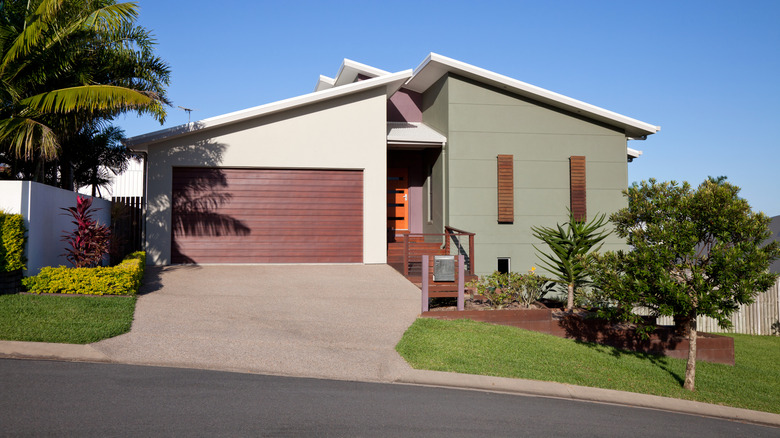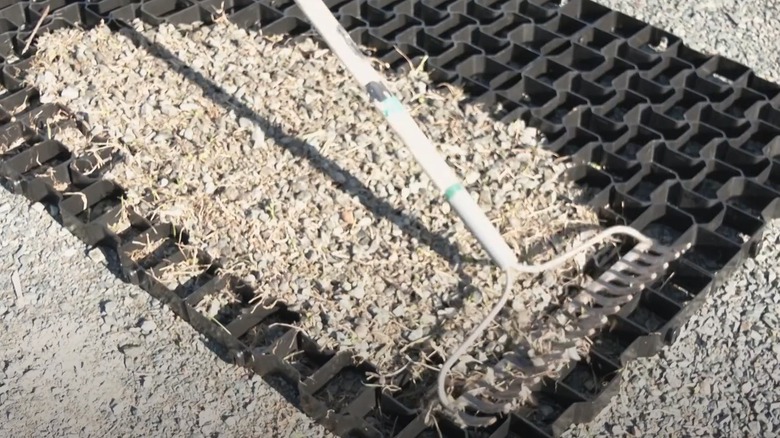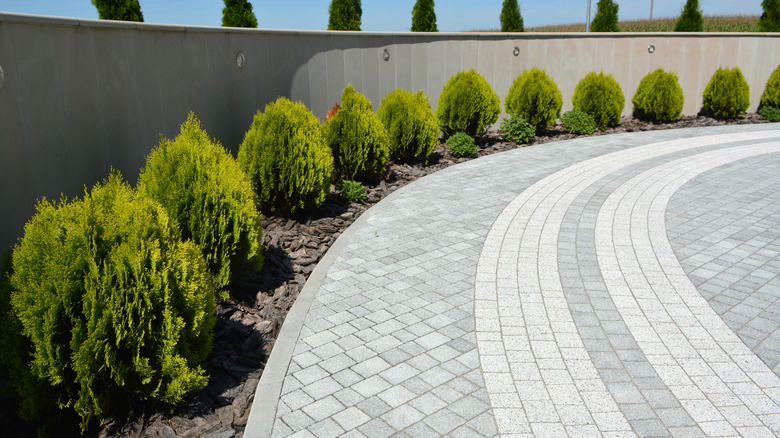Alternatives To Using Pavers On A Sloped Driveway To Prevent Slips And Falls
One of the things you should know before installing a paver stone driveway is that a bit of slope goes a long way in keeping water runoff away from your home. However, if you live in an area that has a naturally severe slope, your driveway may come with several risks — especially if you build it with paver stones. Smooth-surface pavers become slippery when wet or covered with ice or snow. Needless to say, a slippery sloped surface creates a significant fall hazard for your family and guests. Also, the stones sit on top of the substrate without any means of attachment to the ground below. This means that a severely sloped driveway could allow the pavers to gradually slide across the ground and down the hill, creating a tripping hazard in the process.
To avoid these scenarios, you it's best not to use traditional stone pavers if your driveway is on a significant slope. Instead, you can use open-grid pavers that grip the ground and provide a good deal of traction while providing erosion and water runoff. Alternatively, you can consider textured stone surfaces, too. These resemble standard stone pavers, but offer more traction in rainy or snowy conditions, so you don't have to worry about slip and fall accidents.
How open-grid pavers work on a sloped driveway
Open-grid plastic pavers are a smart idea on a driveway that has a severe slope. If you want to generate sufficient traction to avert slip and fall accidents while preventing erosion in a sloped area, you could use a product like TrueGrid Pro Plus. These are heavy-duty pavers that comprise plastic modules filled with gravel. They're made for commercial use and for sloped residential driveways. A similar product is the GeoGrid Cellular Paving System, which uses comparable aggregate-filled open-grid modules to make sloped surfaces less slippery while allowing for proper drainage.
To install these open-grid pavers, you'll first have to create a dense gravel layer at a depth that the manufacturer requires (usually up to 6 inches). Next, connect the interlocking open-grid tiles over the top of the gravel. You'll then spread more gravel over the top of the pavers, and let it fill the modules — the gravel will weigh the pavers down and keep them in place. You can drive over the top of the pavers or use a tamper tool or a light vibrating compaction plate to compact the surface. Once the driveway is compacted, you can start driving vehicles on top of it right away.
What if I want the look of stone pavers on my sloped driveway?
While the visible gravel layer in the open-grid plastic pavers works well for creating a sloped driveway that delivers a high level of traction to protect against slips and falls, some people prefer the look of a stone paver driveway. You can install beautiful and durable stone pavers that have a slip-resistant, textured surface over the top of a gravel base layer. You'll want to install some sort of secure plastic or aluminum edging around the perimeter to hold the pavers in place atop the gravel and to prevent the stones from migrating.
If you would like natural stone for the driveway that offers a higher slip resistance level while saving some money, consider limestone pavers. If you have no concerns about the budget, granite or marble pavers will work to support the weight of vehicles on a slip-resistant sloped driveway. When you want a textured surface, concrete pavers are a good choice. Manufacturers can add a texture to the concrete with a surface treatment process that delivers slip resistance.
Another option is to install rubber pavers over the open-grid tiles on the driveway. Rubber is highly slip and weather resistant. It's available in multiple colors, and the manufacturer can stamp a pattern on the surface of the rubber pavers that allow them to resemble brick or natural stone. This solution provides good value per square foot of coverage versus other materials and can withstand daily vehicular traffic.


